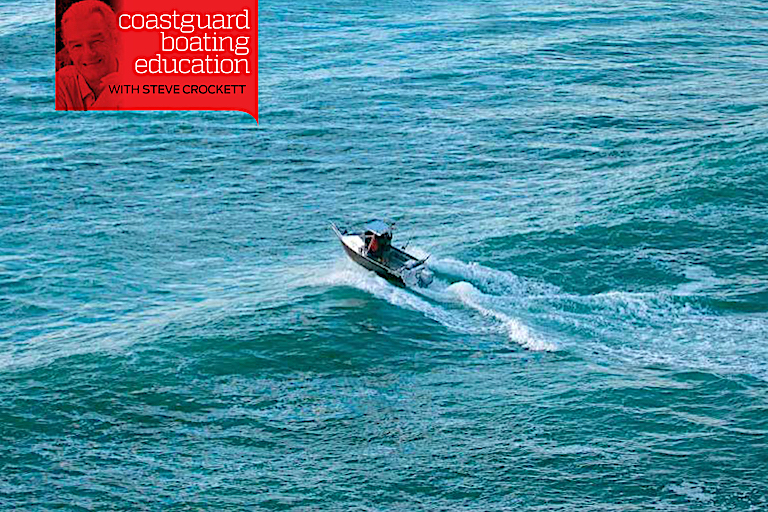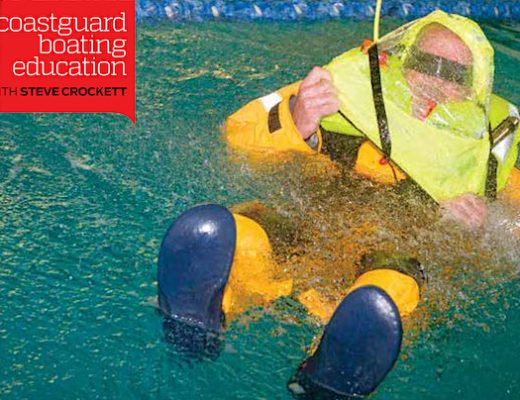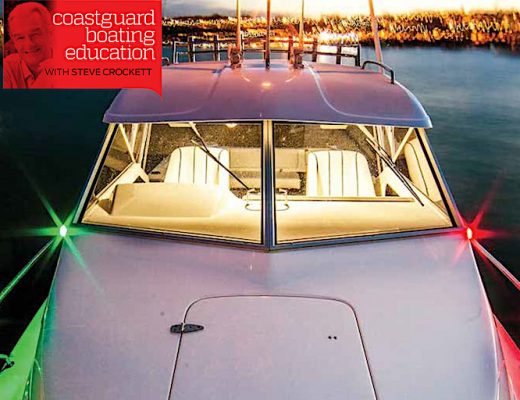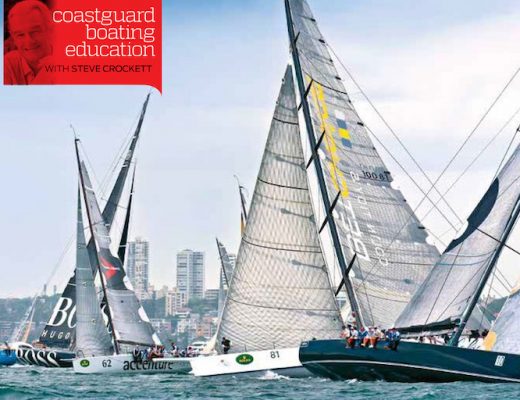ALL THE BEST JOKES HAPPEN IN BARS BUT CROSSING A BAR IN AN OPEN BOAT IS NO LAUGHING MATTER
I’m always amazed at the power of the sea, particularly inshore, along beaches and at river entrances.
Years ago in Australia, I would take a Coastguard Shark Cat out to the Gold Coast Seaway entrance, turn it beam-on to an incoming swell and wait. The Shark Cat was 7m long and weighed around five tonnes. Crew were always surprised at the ease with which a half-metre wave would slap the vessel aside. But it’s not surprising when you consider that 7m3 of salt water weighs around seven tonnes and the wave is travelling at 6rn/sec. The force is in the vicinity of 170 kiloNewtons. That sounds like a lot – and it is.
No wonder people get into trouble crossing bars, especially when they have no idea of the wave power acting on their vessels. A bar is an underwater ridge formed on the seabed where a river estuary, inlet or harbour exits to the sea. Silt accumulates where the river current and the tidal stream meet. forming a relatively shallow bank.
There are many entrance bars in NZ, some far worse than others. Greymouth Bar has a lot of YouTube coverage of fishing vessels attempting to enter in rough conditions; Manukau harbour bar of course is infamous following the wreck of HMS Orpheus in February 1863 and then there are others such as Kaipara, Hokitika and Whakatane. Tairua bar can also hold some surprises as three unlucky and irresponsible – they weren’t wearing lifejackets – boaties recently discovered.
There are several factors in combination that dictate the conditions on a bar:
- Depth of water – the shallower the water, the likelier the seas will break;
- Size and direction of any seas or swell – if there is an onshore swell (caused by distant weather) or seas caused by an onshore wind, this will result in breaking seas on the bar. Remember that swell and waves refract around a headland;
- Direction and rate of the tidal or river flow over the bar – an ebb tide or outflow will ‘trip up’ any seas, making them break. An incoming tide will help to smooth the sea.
Timing is crucial. When heading out, the best time is within three hours prior to high water. Any other time the sea state will be range from uncomfortable to downright dangerous.
Coming back in, the best time is again within three hours prior to high water, and an hour to 1.5 hours after high water. Before crossing the bar, find an observation point on land and watch the area. Observe the frequency of the sets and if there are areas which appear more calm than others. If there is an unbroken line of white water consistently across the channel you shouldn’t cross in an open vessel.
Double check your equipment, brief your crew on what to expect and ensure everyone is wearing a correctly fitted life jacket prior to getting on board. Remember, it’s mandatory for everyone on board to wear a lifejacket when crossing a bar. Failure to do so may cost a life or at the very least a hefty fine! Make sure the skipper or helmsperson is wearing a kill-cord secured around the leg, keeping the hands free.
Lodge a Bar Watch with the local coastguard if the service is available.
IF IN DOUBT, DON’T GO OUT!
Once you’re committed to the passage do not attempt to turn back Doing so creates a high chance of being caught abeam or on the quarter by a breaking wave. A breaking wave of equal height to the beam of your vessel and striking you on the beam may easily capsize you. If you have turned away from a breaking wave, the white water, being intensely aerated, may have insufficient buoyancy to support your vessel and you may take water over the stern, or even perhaps broach and capsize.
If you have little experience in crossing bars, contact Coastguard Boating Education at www. boatingeducation.org.nz and book a bar crossing course. It may save your life.





No Comments